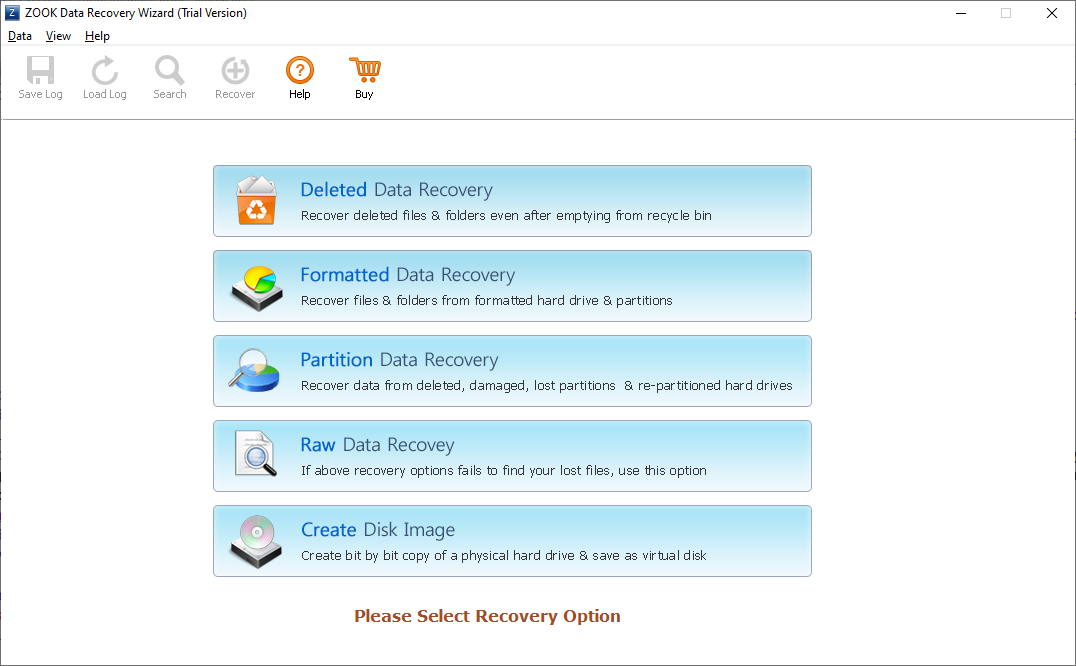

In addition, make sure the drive you are cloning to has enough storage space to take. root ddrescue -f -n /dev/ baddrive /root/ imagefilename.img /root/recovery.log. Note: Before you attempt to clone your hard drive or SSD, w e highly recommend backing up all your data first. Partitions can be copy either with original sizes and locations, or Resizes transferred partitions to match new hard disk size. Transfer disk or partitions from an old hard disk drive to a new one. Clone entire Windows or Data hard drive or partitions to an internal or external disk. To image from disk to disk: root ddrescue -f -n /dev/ baddrive /dev/ gooddrive /root/recovery.log. Create Raw Disk or partition Image (sector by sector copy). If your migration gets delayed, you can always capture an Incremental backup later to capture the most recent changes just before the migration, but you obviously don't want to risk losing everything because you waited until the migration could be completed before capturing any data. Run the utility with the command switches/options included below in order to get a clone of the drive as safely as possible. But even if not AND you can't immediately solve the Rescue Media issue, it might still be good to capture an image backup of your current drive sooner rather than later if you suspect it's failing.
Clone drive data rescue 4 install#
Alternatively, if you happen to have a SATA to USB adapter, you could simply connect your new drive through that adapter and clone straight to that drive, then shut down your PC and install the new drive internally to start using it as a boot device. Also make sure you're using a drive that's 32GB or less and also that it's recognized as a flash drive (removable media) and not a hard drive (fixed disk).
Clone drive data rescue 4 manual#
If you're not immediately able to solve that, you can try these manual prep instructions.

I saw and replied to your other thread about that.


 0 kommentar(er)
0 kommentar(er)
